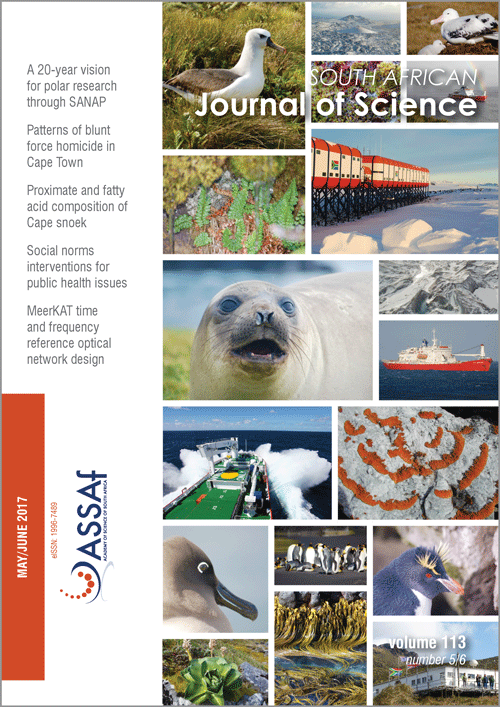The function of a university in South Africa: Part 1
DOI:
https://doi.org/10.17159/sajs.2017/a0190Keywords:
higher education institution, first-order roles, secondary rolesAbstract
South African universities are under pressure to alter their institutional cultures and policies in order to provide compensation for the neglect of black academic staff and students during our apartheid past. This redress is interpreted by pressure groups and policymakers to entail giving priority to rectification goals within existing universities. What is ignored is the question of whether the first-order functions of every South African university – which are research and teaching – will be compromised. Elevating a second-order function like redress above what have historically been the defining features of a university for more than a thousand years, has probable destructive consequences overlooked by academic and administrative insiders and policymakers. But when viewed historically, educational compensation is a recent phenomenon, arising within the last century. Because of the large scale involved in the South African case, these pressures on local universities are an extreme version of what is locally called ‘a concern with redress or social justice’. As such, these institutions are being pushed into a major historical experiment. Most important, it is a process without the needed research backing. So this lack of precedence and research must be accorded much greater recognition within South African universities themselves than is evident so far. If our institutions are facing an existential crisis, it must be acknowledged openly. If such an outcome remains an afterthought, recognised only once it is here, then the damage in many spheres of our national life will be extremely high.
Published
Issue
Section
License

All articles are published under a Creative Commons Attribution 4.0 International Licence
Copyright is retained by the authors. Readers are welcome to reproduce, share and adapt the content without permission provided the source is attributed.
Disclaimer: The publisher and editors accept no responsibility for statements made by the authors
How to Cite
- Abstract 558
- PDF 2371
- EPUB 207
- XML 252













.png)